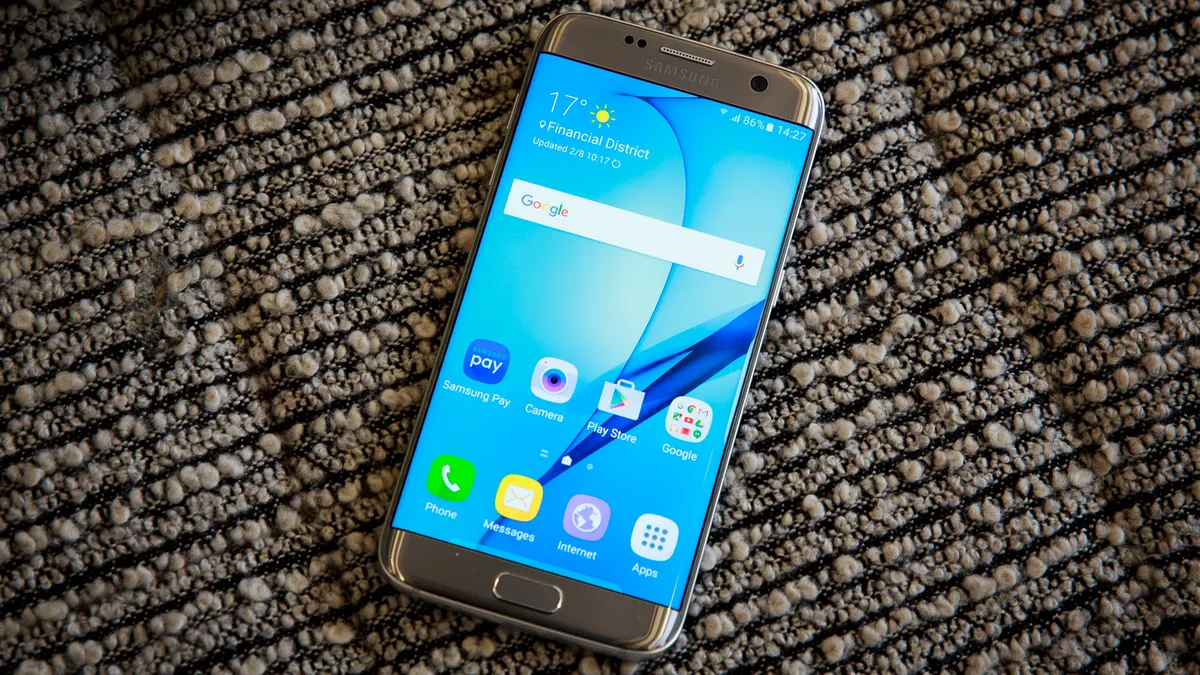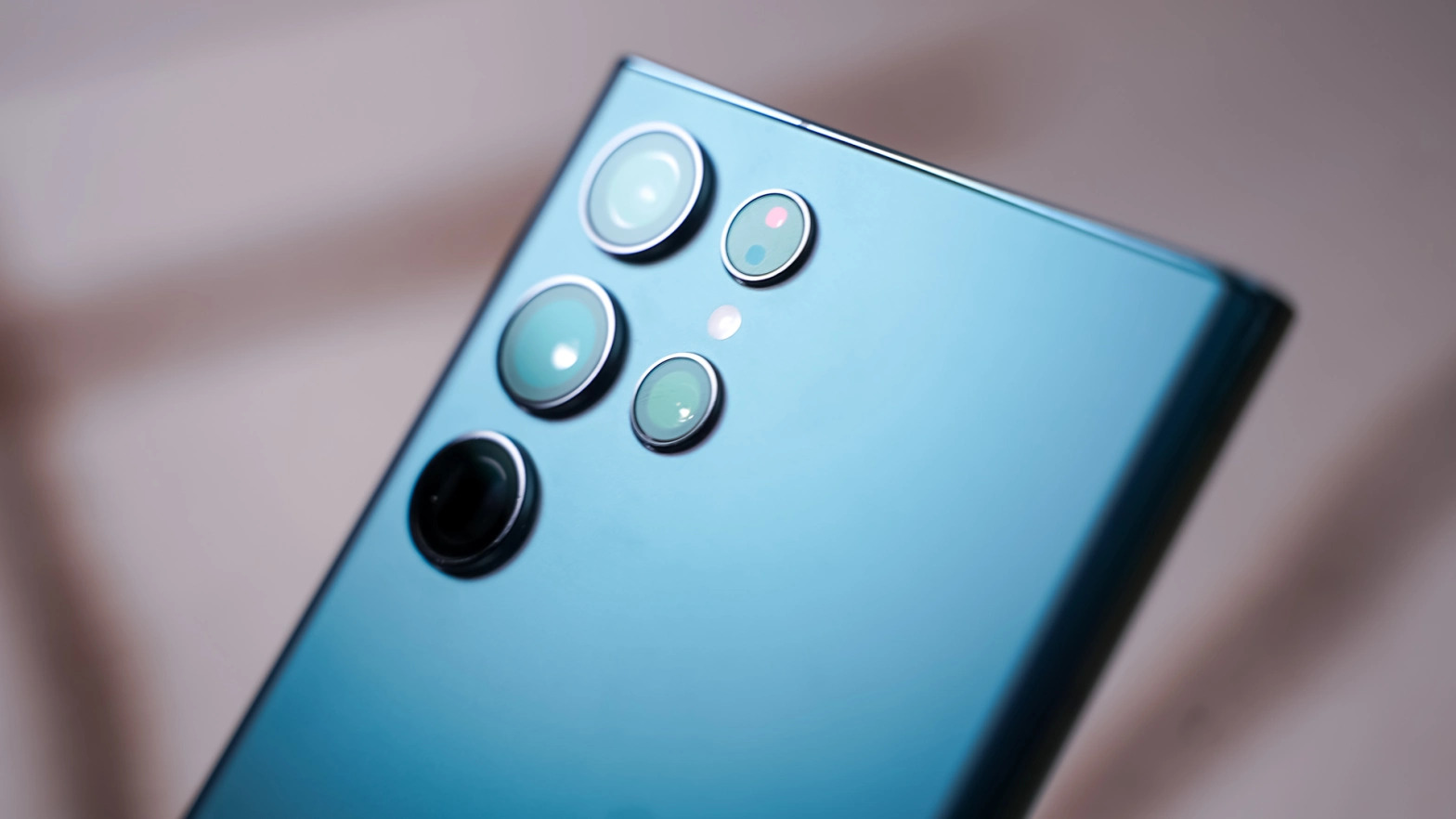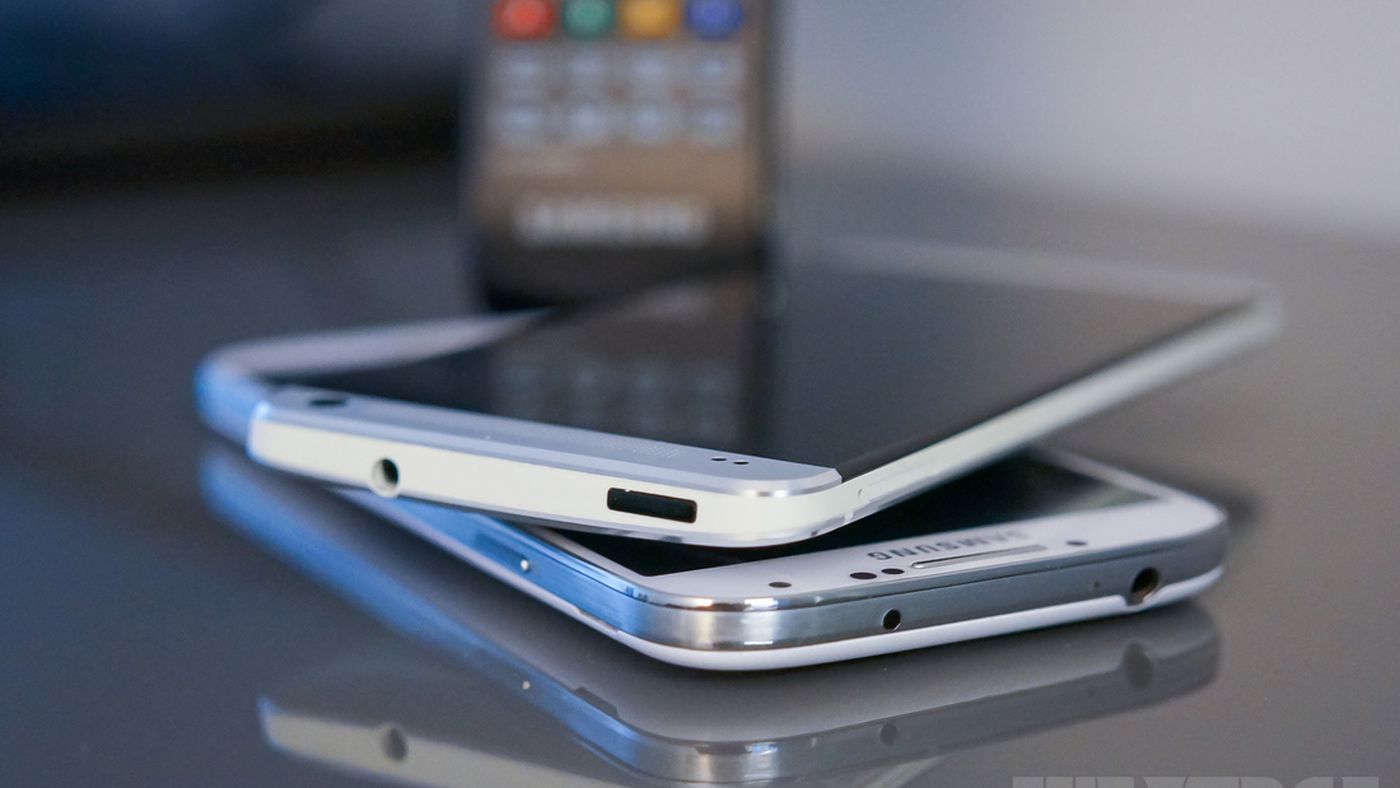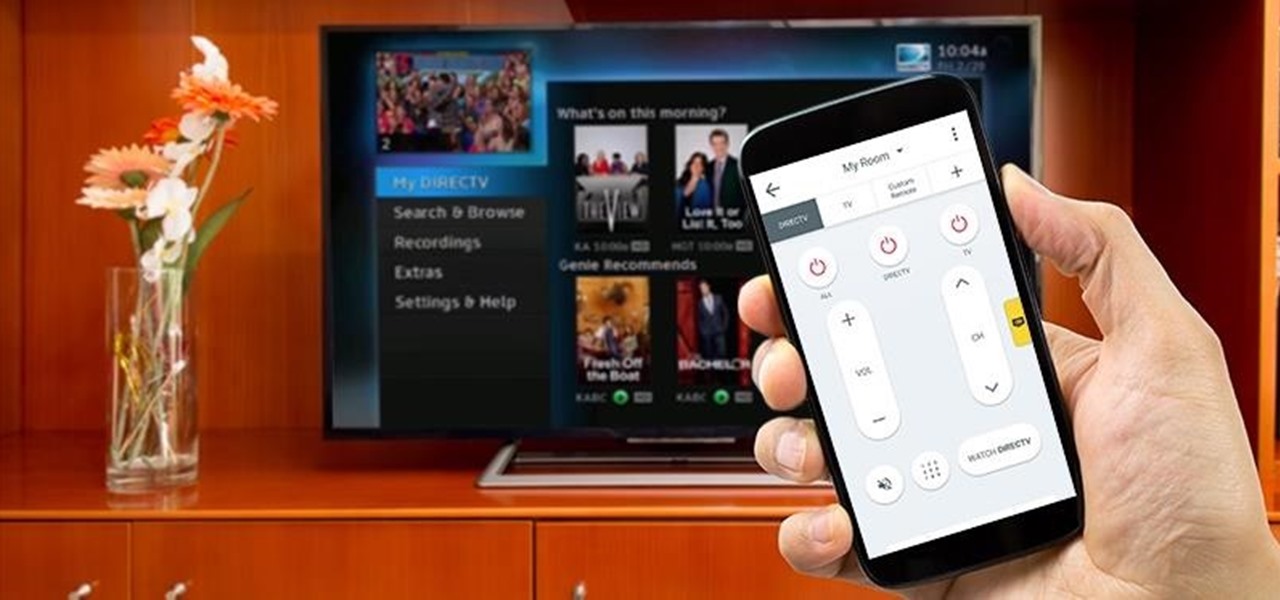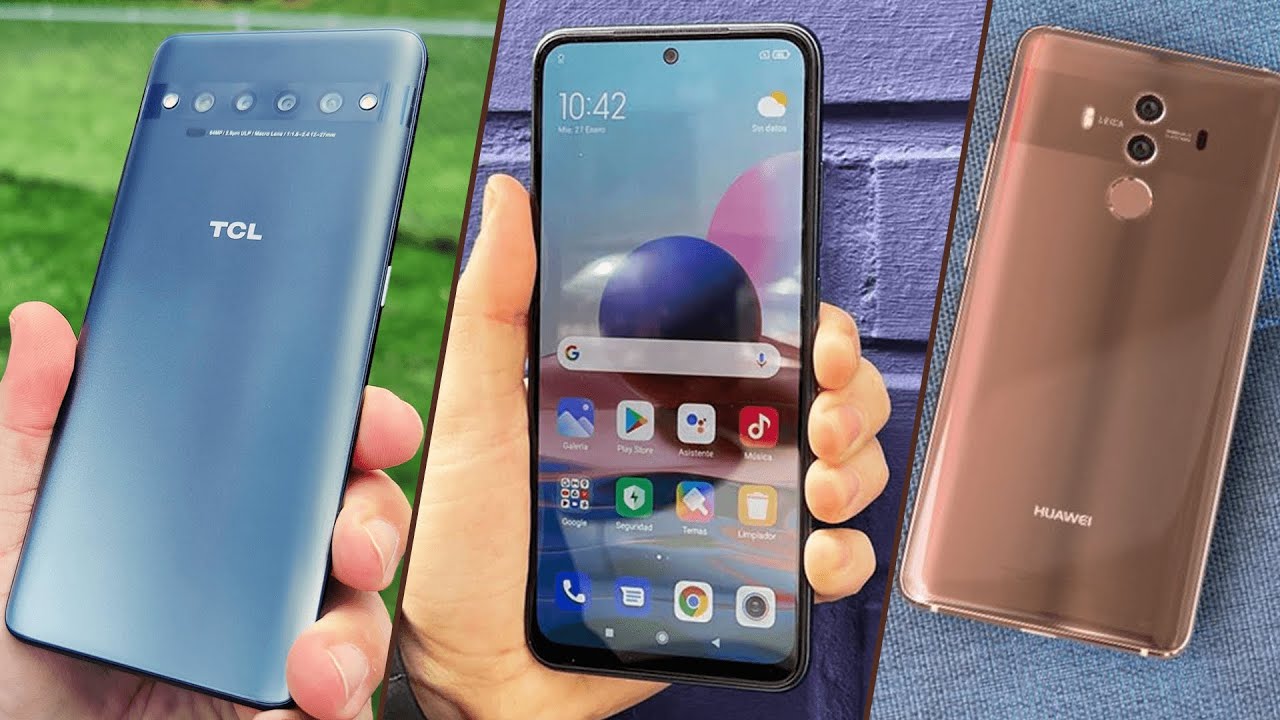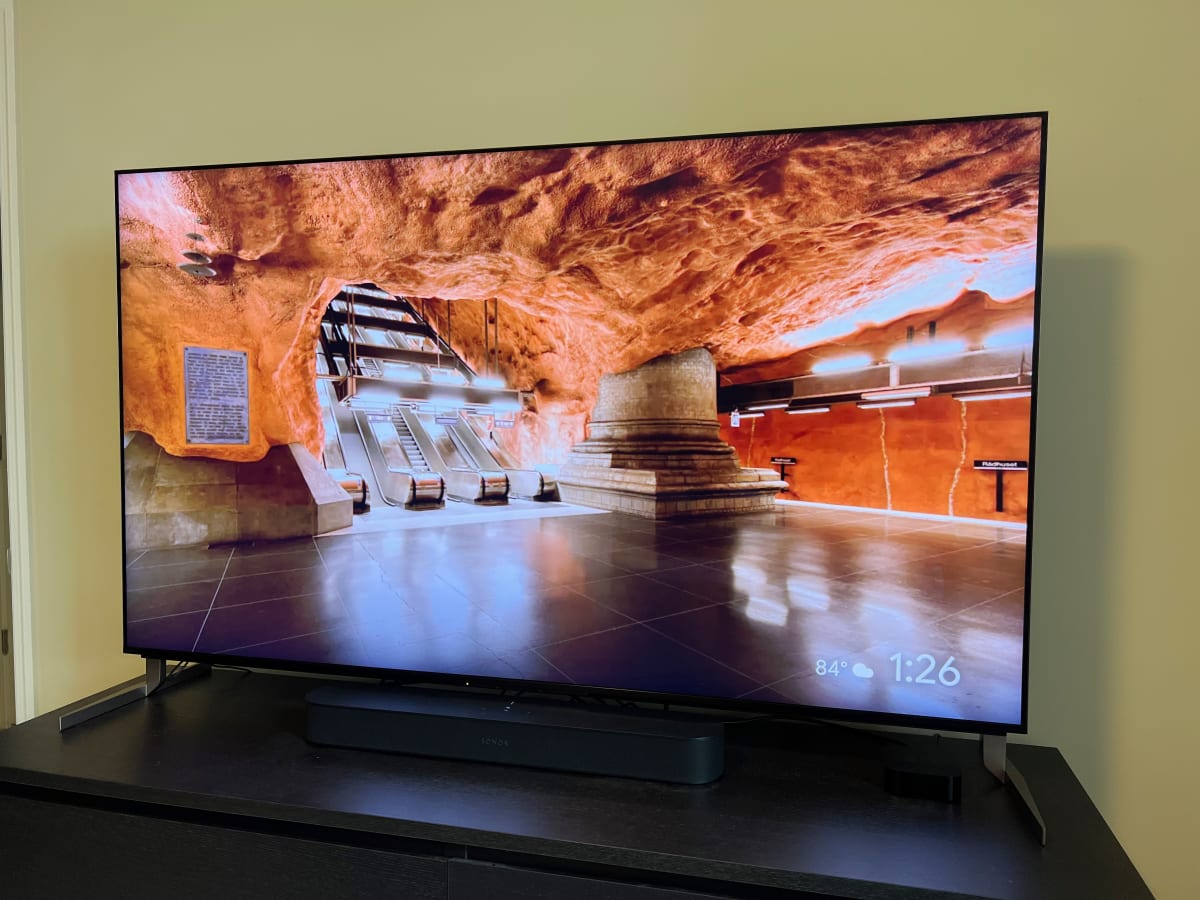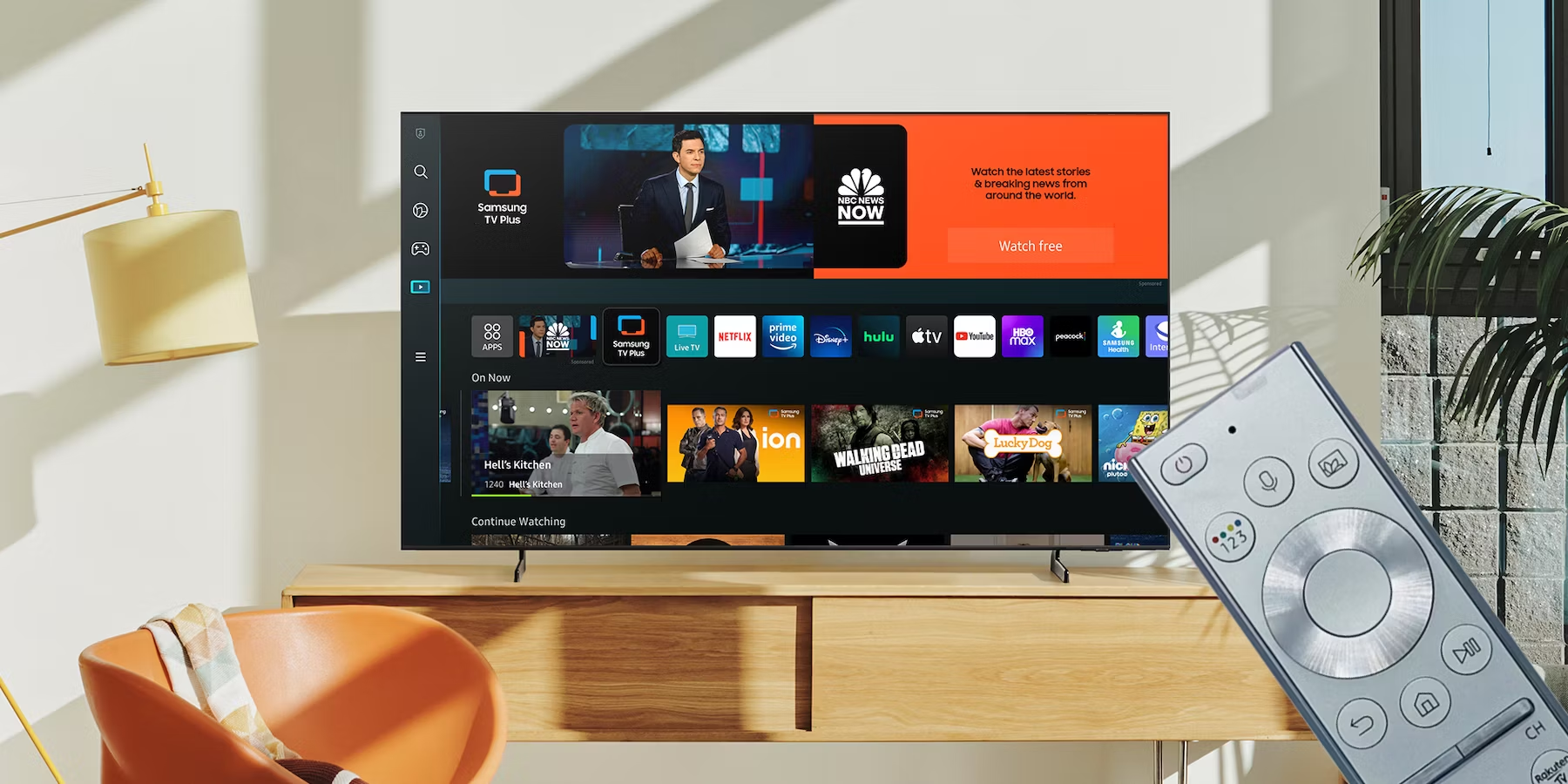Introduction
In the ever-evolving landscape of mobile devices, manufacturers constantly strive to innovate and enhance user experience. One such feature that has sparked discussions and debates is the Infrared (IR) blaster, a component that has been a staple in many smartphones for years. However, in a surprising move, Samsung, a leading player in the smartphone industry, made the decision to remove the IR blaster from its newer device models.
The removal of the IR blaster has left many users and tech enthusiasts pondering the rationale behind this decision. This shift marks a significant departure from the norm, as the IR blaster has been a notable feature in smartphones, allowing users to control various electronic devices such as TVs, air conditioners, and set-top boxes using their smartphones.
As we delve deeper into the implications of Samsung's decision, it's essential to first understand the functionality and significance of the IR blaster in the realm of mobile devices. This sets the stage for comprehending the impact of this move on users and the broader industry. Let's embark on this exploration to gain insights into the removal of the IR blaster and its implications for the future of mobile devices.
What is an IR Blaster?
An Infrared (IR) blaster is a handy feature integrated into smartphones and other smart devices. It functions as a remote control for various electronic appliances that are compatible with infrared signals. Essentially, the IR blaster enables users to command and operate devices such as televisions, air conditioners, audio systems, and set-top boxes directly from their smartphones.
The IR blaster works by emitting infrared signals that mimic those of traditional remote controls. This allows the smartphone to communicate with the targeted electronic devices, effectively replicating the functions of a dedicated remote control. By leveraging the IR blaster, users can conveniently manage multiple devices without the need for separate remote controls, streamlining the overall user experience.
One of the key advantages of the IR blaster is its versatility. It empowers users to consolidate control over a diverse range of appliances, eliminating the hassle of juggling multiple remote controls. This not only simplifies the user's interaction with their electronics but also contributes to reducing clutter and enhancing convenience within the home environment.
Moreover, the IR blaster serves as a bridge between the smartphone and various entertainment and home automation systems, aligning with the widespread trend of interconnected smart devices. This integration fosters a seamless and interconnected ecosystem, enabling users to effortlessly manage their home entertainment and automation setups from a single device – their smartphone.
The inclusion of the IR blaster in smartphones has been widely appreciated by tech enthusiasts and users alike, as it embodies the convergence of technology and convenience. Its presence has expanded the capabilities of smartphones beyond communication and entertainment, positioning them as versatile control hubs for a myriad of household appliances and entertainment systems.
In summary, the IR blaster is a valuable feature that empowers users to harness the full potential of their smartphones as universal remote controls. Its functionality extends beyond mere convenience, contributing to the consolidation and simplification of home device management. Understanding the significance of the IR blaster lays the groundwork for comprehending the impact of Samsung's decision to remove this feature from its newer smartphone models.
Samsung's Decision to Remove IR Blaster
Samsung's decision to remove the IR blaster from its newer smartphone models has sparked considerable interest and speculation within the tech community. The IR blaster, which had been a distinguishing feature in previous Samsung devices, allowed users to seamlessly control a wide array of electronic appliances using their smartphones. However, with the omission of this feature from recent models, Samsung has signaled a strategic shift in its approach to smartphone design and functionality.
This move has prompted discussions regarding the motivations behind Samsung's decision. While the company has not provided an official statement elucidating the rationale for removing the IR blaster, industry experts and analysts have offered insights into potential factors driving this change.
One plausible explanation revolves around the evolving consumer behavior and usage patterns. With the proliferation of smart home devices and IoT (Internet of Things) technology, users are increasingly gravitating towards centralized smart home control systems that transcend the capabilities of traditional IR-based remote controls. Samsung's decision to forego the IR blaster may align with this shifting paradigm, as the focus on IoT integration and smart home ecosystems gains prominence in the tech industry.
Moreover, the removal of the IR blaster could be attributed to the quest for slim and sleek device designs. As smartphone manufacturers strive to achieve ever-thinner and more streamlined form factors, the inclusion of the IR blaster might have posed challenges in terms of spatial constraints and design aesthetics. By eliminating this component, Samsung could potentially allocate the freed-up space for other advanced features or enhancements, catering to evolving consumer demands and technological advancements.
Additionally, the decision to remove the IR blaster may reflect Samsung's strategic prioritization of other cutting-edge functionalities and innovations. As the smartphone landscape continues to witness rapid advancements in areas such as camera technology, connectivity features, and display enhancements, Samsung might have opted to reallocate resources and focus on integrating state-of-the-art capabilities that align with contemporary user preferences and industry trends.
In essence, Samsung's choice to eliminate the IR blaster from its newer smartphone models underscores the dynamic nature of the mobile device industry. It reflects the company's adaptability to changing consumer needs, technological progress, and market dynamics. While the absence of the IR blaster may evoke nostalgia among users who cherished its convenience, Samsung's decision underscores its commitment to evolving with the times and delivering innovative, forward-looking smartphone experiences.
Implications of the Removal of IR Blaster
The removal of the IR blaster from Samsung's newer smartphone models carries substantial implications for both users and the broader mobile device landscape. This strategic decision by Samsung reverberates across multiple dimensions, signaling potential shifts in user experience, technological trends, and industry dynamics.
Impact on User Convenience and Experience
The absence of the IR blaster represents a departure from the convenience and versatility that users have come to associate with their smartphones. Previously, the IR blaster empowered users to seamlessly control a myriad of electronic devices, fostering a streamlined and integrated home entertainment and automation experience. With its removal, users may find themselves resorting to traditional remote controls, thereby relinquishing the consolidated control and convenience that the IR blaster facilitated. This shift could potentially disrupt established usage patterns and necessitate adjustments in how users interact with their home electronics, potentially impacting user satisfaction and experience.
Evolution of Smart Home Integration
The removal of the IR blaster from Samsung's smartphones underscores the evolving landscape of smart home integration and IoT technology. As the tech industry gravitates towards interconnected smart home ecosystems and centralized control systems, the significance of traditional IR-based control mechanisms may diminish. Samsung's decision reflects a strategic pivot towards aligning its devices with the burgeoning smart home and IoT trends, signaling a potential reorientation of user-device interactions towards more advanced and interconnected control paradigms.
Design and Technological Innovations
The elimination of the IR blaster from Samsung's newer smartphone models signifies a shift in design priorities and technological advancements. By freeing up space and resources previously allocated to the IR blaster, Samsung could potentially channel these towards integrating cutting-edge features and enhancements. This move aligns with the industry's relentless pursuit of innovation, as smartphone manufacturers continuously seek to introduce novel functionalities and technologies that resonate with evolving consumer preferences and market trends. The removal of the IR blaster underscores Samsung's commitment to refining and optimizing the design and functionality of its devices to cater to contemporary user needs and expectations.
Industry Response and Competitive Dynamics
Samsung's decision to remove the IR blaster may catalyze responses from other smartphone manufacturers and industry players. This move could potentially influence the design and feature strategies of competitors, prompting a reevaluation of the role of IR blasters and similar components in future smartphone models. Moreover, the absence of the IR blaster from Samsung's devices may prompt users to reevaluate their brand preferences and feature priorities, thereby shaping competitive dynamics within the smartphone market.
In essence, the removal of the IR blaster from Samsung's newer smartphone models carries far-reaching implications, touching upon user experience, technological trends, design priorities, and competitive dynamics within the mobile device industry. This move underscores the dynamic nature of smartphone evolution and its profound impact on user-device interactions and industry trajectories.
Conclusion
Samsung's decision to remove the IR blaster from its newer smartphone models marks a significant departure from the conventional feature set that users have come to expect. This strategic move reflects the dynamic nature of the mobile device industry, characterized by continuous technological advancements and evolving user preferences. While the absence of the IR blaster may evoke nostalgia among users who appreciated its convenience, it underscores Samsung's adaptability to changing market dynamics and its commitment to delivering forward-looking smartphone experiences.
The implications of this decision extend beyond mere feature omission, resonating across user experience, smart home integration, design priorities, and competitive dynamics within the industry. The absence of the IR blaster prompts a reevaluation of user-device interactions, potentially leading to adjustments in how users manage and control their home electronics. Furthermore, it aligns with the industry's shift towards interconnected smart home ecosystems and centralized control paradigms, reflecting Samsung's strategic focus on integrating with evolving technological trends.
From a design and technological perspective, the removal of the IR blaster enables Samsung to reallocate resources and space towards integrating cutting-edge features and enhancements. This underscores the company's dedication to refining the design and functionality of its devices to cater to contemporary user needs and expectations, driving innovation within the smartphone landscape.
Moreover, Samsung's decision may catalyze responses from competitors and prompt industry players to reassess the role of IR blasters and similar components in future smartphone models. This move has the potential to shape competitive dynamics and influence user brand preferences, underscoring the broader impact of Samsung's strategic shift on the mobile device market.
In essence, Samsung's decision to remove the IR blaster from its newer smartphone models reflects the company's responsiveness to evolving user behaviors, technological trends, and competitive dynamics. While the absence of this familiar feature may signify the end of an era for some users, it signals the beginning of a new chapter in smartphone innovation and user experience. As the mobile device industry continues to evolve, Samsung's decision serves as a testament to the industry's relentless pursuit of progress and adaptation to meet the ever-changing needs of users and the broader market landscape.







